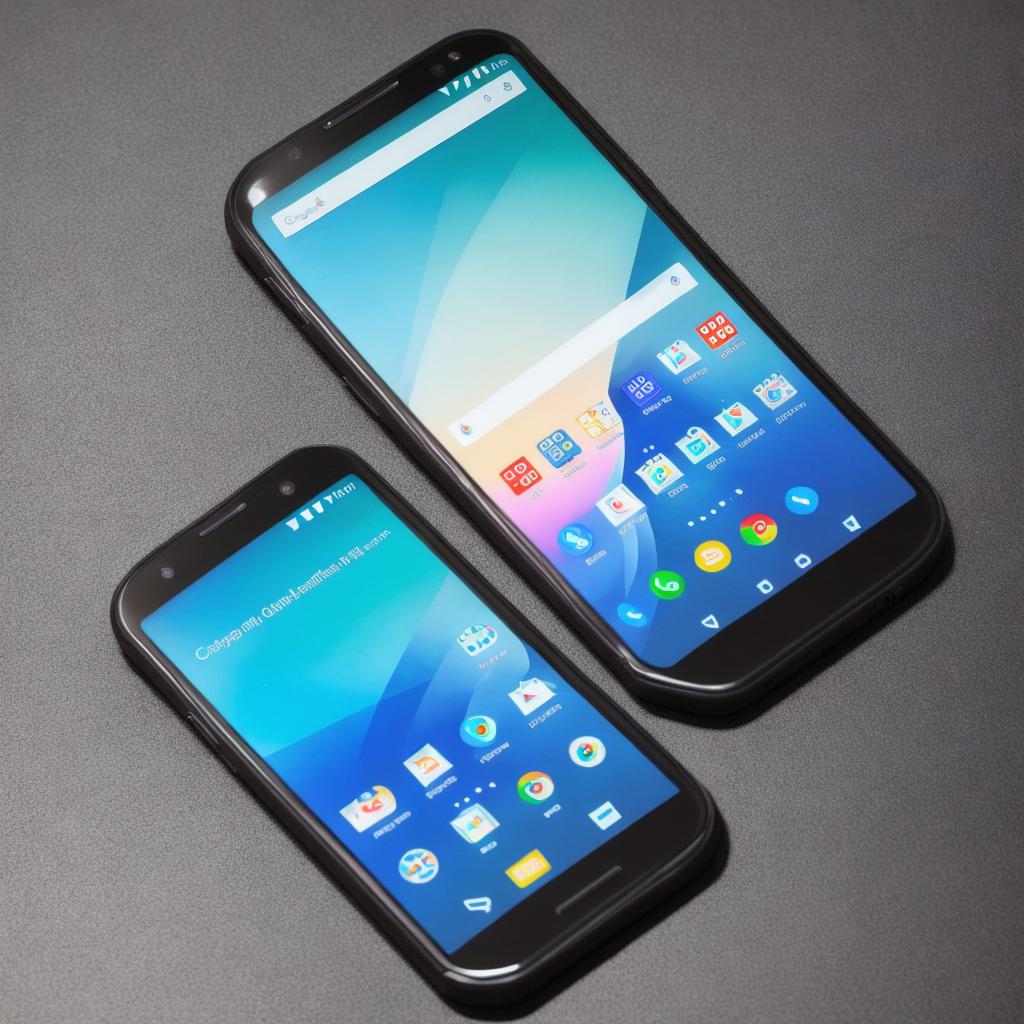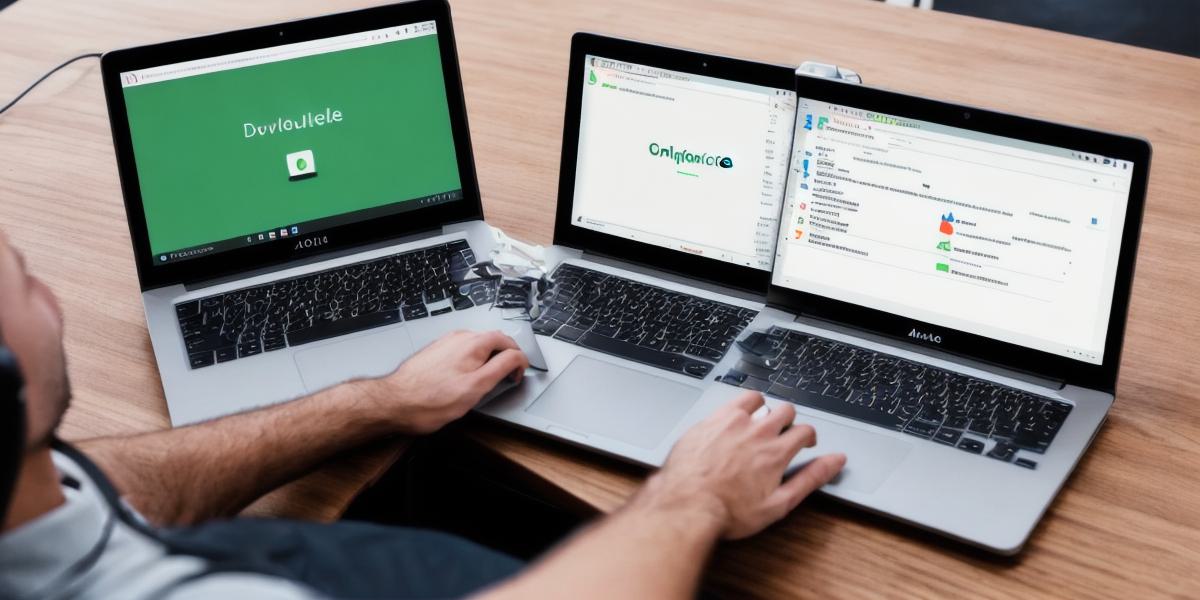Introduction:
Android is one of the most popular mobile operating systems in the world, with over 1 billion active users worldwide. As a result, there has been a growing demand for developers who are proficient in creating applications for this platform. However, if you’re new to Android development, it can be overwhelming to know where to start. This guide aims to provide beginners with an introduction to the world of Android development and help them get started on their journey.
Understanding the Basics:
Before diving into the intricacies of Android development, it’s essential to understand the basics. Firstly, you need to have a good understanding of Java programming language, as Android is built using Java. Secondly, you should have a basic knowledge of mobile application design and user interface (UI) principles.
Setting up the Development Environment:
To get started with Android development, you’ll need to set up your development environment. This includes installing the Android Studio Integrated Development Environment (IDE), which is an official IDE for developing Android apps. You’ll also need to create a new project in Android Studio and choose your application type, such as activity or service.
Creating Your First Android App:
Once you have your development environment set up, it’s time to start creating your first app. The first step is to design the UI of your app, which includes creating layout files for your screens. Next, you’ll need to create Java classes that represent your app’s functionality. This includes writing code for your app’s logic, such as handling user input and interacting with the Android operating system.

Debugging and Testing:
Debugging and testing are essential components of Android development. You should thoroughly test your app on different devices and operating systems to ensure that it works seamlessly. Additionally, you can use tools like the Android Debug Bridge (ADB) to debug your code and fix any issues that arise during development.
Real-Life Examples:
One of the best ways to learn Android development is by looking at real-life examples. There are many open-source Android apps available on GitHub that you can study and modify to gain a better understanding of the platform’s capabilities. Additionally, there are many tutorials and videos available online that showcase different aspects of Android development.
Conclusion:
Learning Android development can be challenging, but with the right tools and resources, anyone can get started. By following the steps outlined in this guide, beginners can create their first Android app and gain a solid foundation in mobile application development. Remember, practice makes perfect, so keep experimenting and learning to improve your skills over time.
